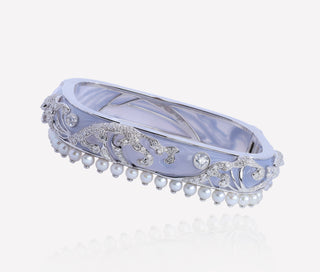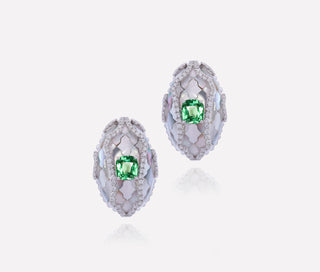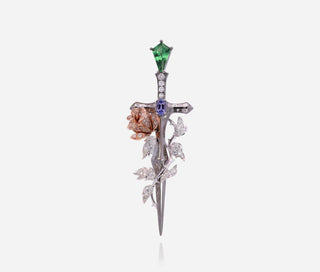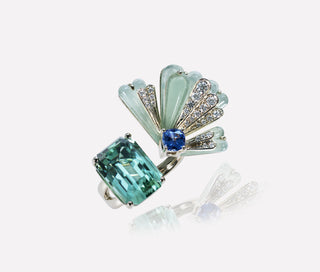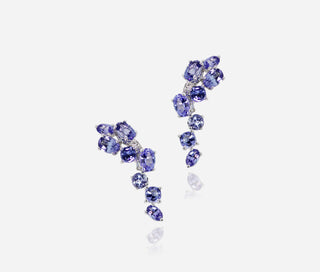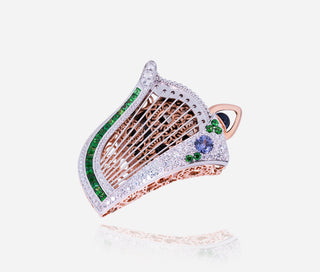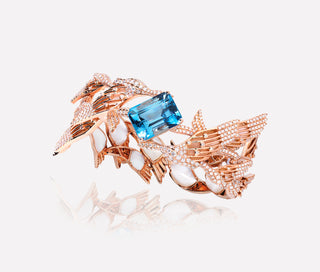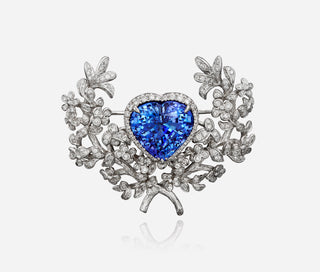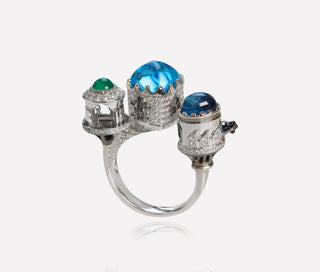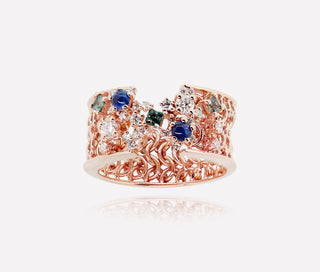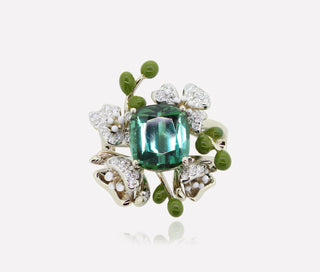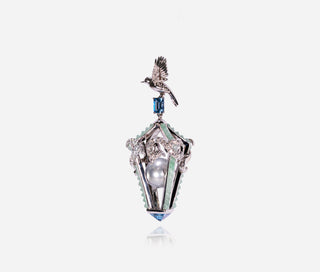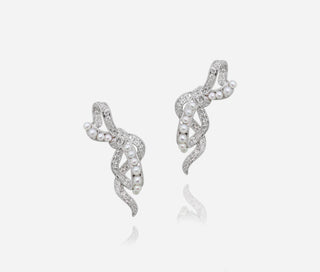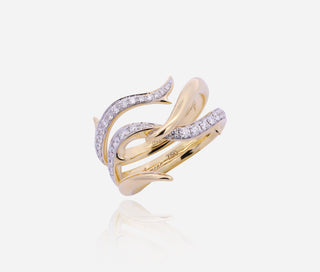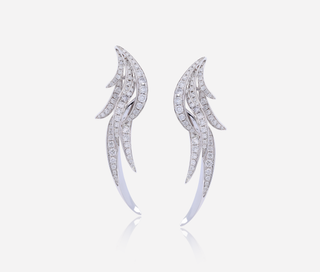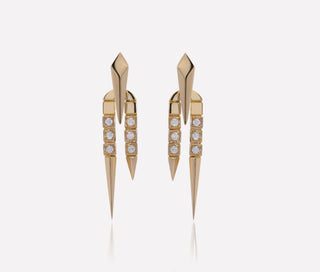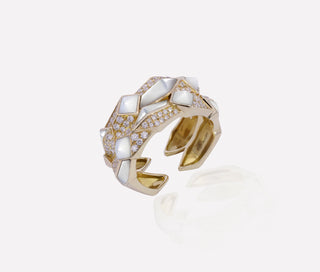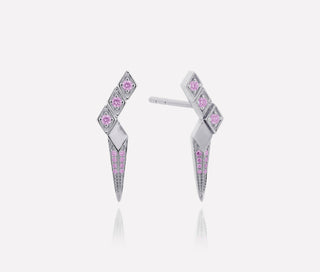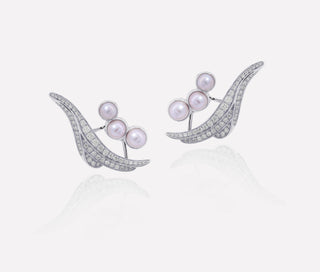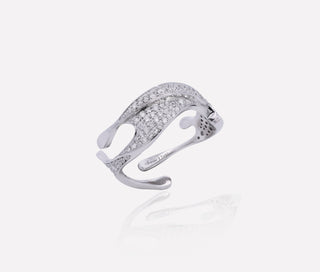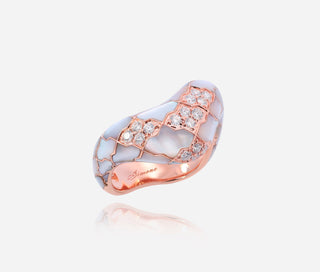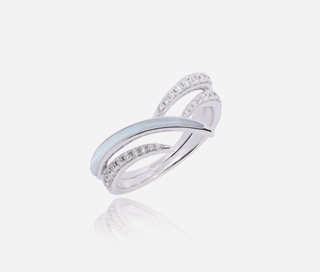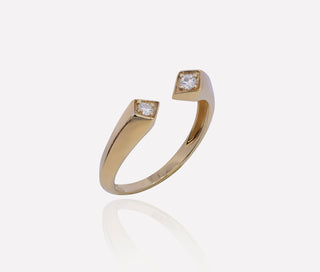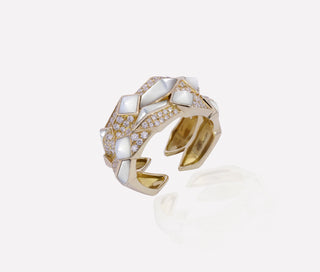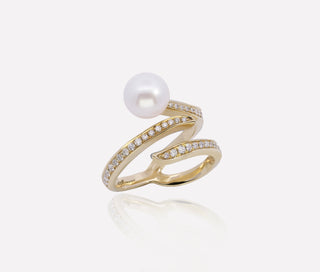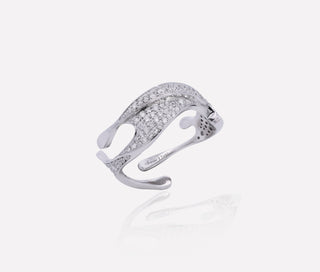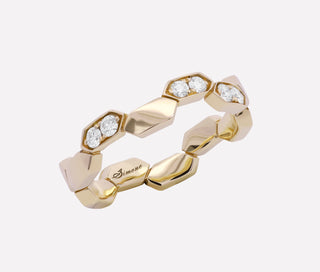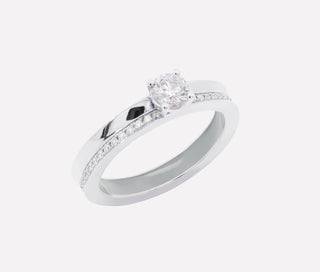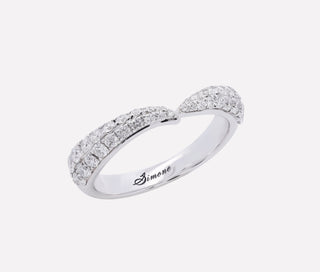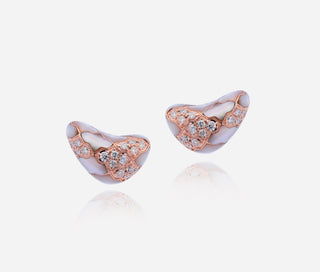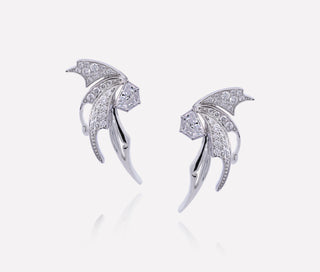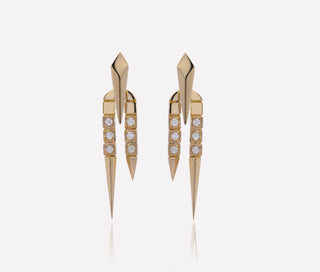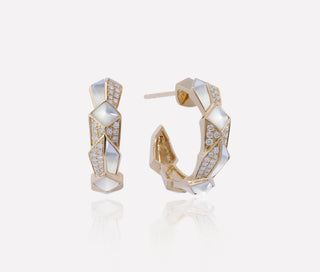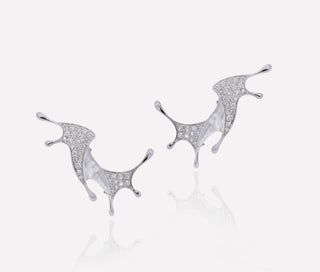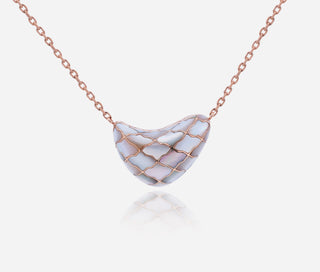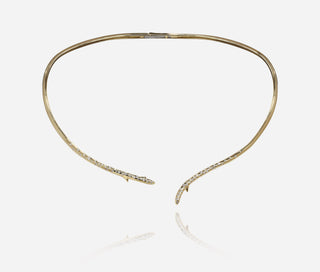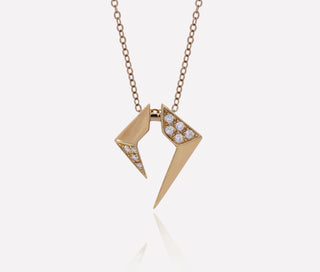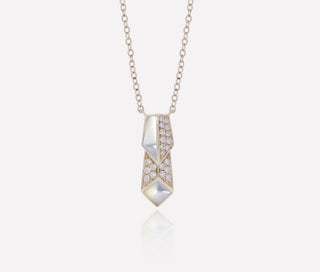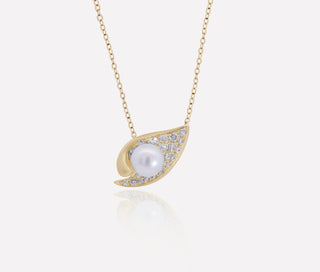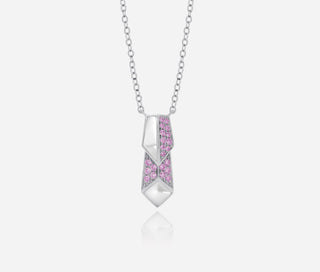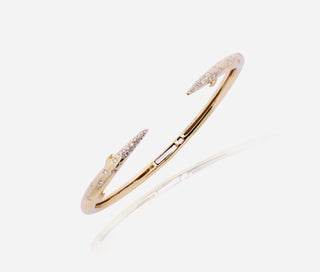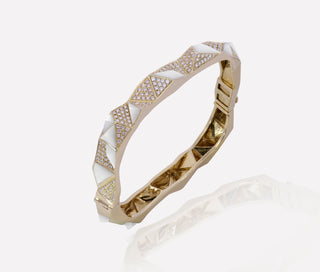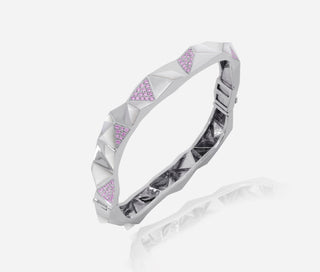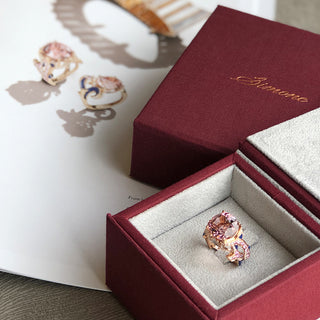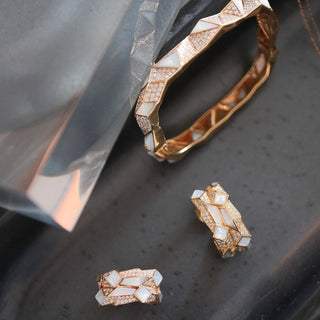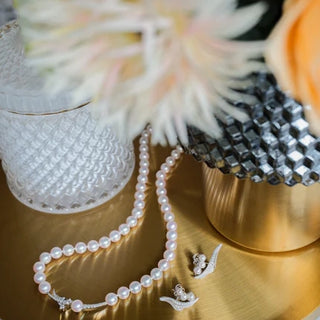

When it comes to fine jewellery, “Karat” (k) is the unit used to measure purity of gold.
Gold in its purest form is a naturally soft metal - if you bite hard enough into a bar of 24K (pure) gold, it would leave a mark! To counter this and make it wearable as jewellery, gold is often mixed with other types of metal to give it more hardness and sometimes, add colour.
14k and 18k are the most commonly used around the world as it has a good level of hardness for fine jewellery. In order for jewellery to be categorised as “Fine Jewellery”, they need to be minimally 9k.

When choosing a ring for life, you'd want to choose a gold colour that you will still wear over the coming decades. Make sure it suits your skin tone. The best way to know this is to try on some pieces in real life.
Also consider whether you want this ring to match the majority of your other jewellery or accessories. For example, if you wear a silver-toned watch daily, would you prefer white gold jewellery to match it? Or are you open to mixing it up? There is no right or wrong answer when it comes to personal style. If you are unsure what suits you, do seek advise from a stylist at your jeweller’s.

Sizing can be tricky. Rings are always purchased ahead of the big day. Very often, the wedding couple tends to lose weight right before the ceremony and put on some weight again thereafter. As such, it is very important to always ask what your options are for resizing.
Many brands do not offer resizing services on rings you've purchased - the only option is to buy another one in a new size or bring it to a third party jeweller for alteration, which may not be ideal if they are unfamiliar with the product. Therefore, it is advisable to purchase your rings from a jeweller who can provide the services you may need throughout your journey.

There are multiple ways to personalise your rings today. Engraving with a name, date or simple message would be the most common option. There are many other advanced techniques available today, include inserting colours, gemstones and reverse embossing. To make your jewellery a little more special, find a jeweller that has these options for you to explore.

When it comes to choosing the colour of gold, make sure you check if the colour is plated or solid. Here are some examples of scenarios you might find yourself in:
If you have purchased your rings in yellow gold but decide to plate them in white gold for various reasons, do know that the plating does fade with wear over the years and you’ll start to see hues of the base colour. You would then need to get it re-plated.
Black gold, on the other hand, is always plated. The black colour comes from a layer of black rhodium plated on solid gold (for us, we use a white gold base). If you think the ultra-modern sleek black tone is worth a little maintenance, go for it!
For Rose gold rings, always buy them in solid form. Rose gold should never be plated as they oxidise fairly quickly and it may be a hassle to have them re-plated repeatedly. When in solid form, Rose gold is most ideal in karat weights of 14k and above, as the larger amounts of copper alloy (to create the pink hue) in lower karat weights may cause it to tarnish over time.
In summary: Solid white and yellow gold in any karat weight will not tarnish. Solid rose gold in at least 14k also does not tarnish. Black gold is plated and may fade with wear over time.
Do note that this guide only refers to fine jewellery made of solid gold bases. It does not apply to vermeil (925 silver-based) and base metals (e.g. brass, copper).
